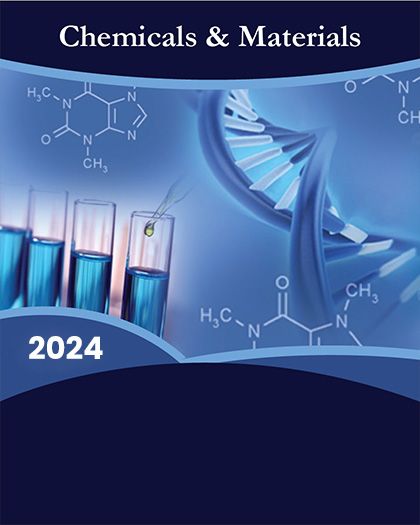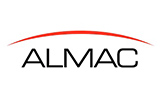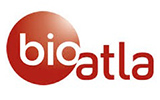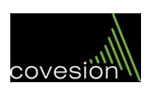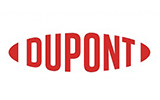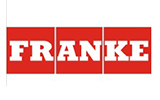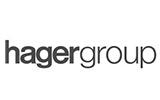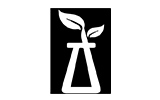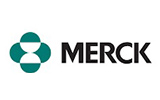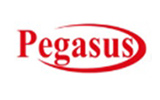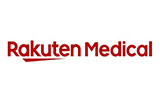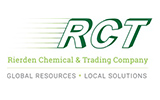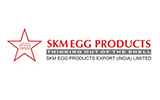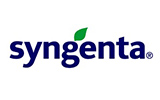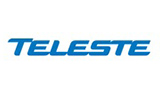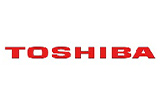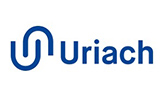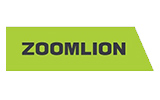1. Research Framework
1.1. Research Objective
1.2. Product Overview
1.3. Market Segmentation
2. Research Methodology
2.1. Qualitative Research
2.1.1. Primary & Secondary Sources
2.2. Quantitative Research
2.2.1. Primary & Secondary Sources
2.3. Breakdown of Primary Research Respondents, By Region
2.3.1. Secondary Research
2.3.2. Primary Research
2.4. Breakdown of Primary Research Respondents, By Industry Participants
2.5. Market Size Estimation
2.6. Assumption for the Study
2.7. Market Breakdown & Data Triangulation
3. Executive Summary
4. Industry Insights
4.1. Industry Value Chain Analysis
4.1.1. Vendor Matrix
4.2. Pricing Analysis
4.3. Industry Impact and Forces
4.3.1. Growth Drivers
4.3.2. Restraints
4.3.3. Opportunities
4.3.4. Challenges
4.4. Technological Landscape
4.5. Company market share analysis, 2018
4.6. Growth Potential analysis, 2018
4.7. Porter's Five forces analysis
4.7.1. Bargaining Power of Suppliers
4.7.2. Bargaining Power of Buyers
4.7.3. Threat of New Entrants
4.7.4. Threat of Substitutes
4.7.5. Intensity of Rivalry
4.8. PESTEL Analysis
4.9. Strategic Outlook
5. Global Caprolactam Market Overview
5.1. Market Size & Forecast
5.1.1. By Value (USD Millions)
5.1.2. By Volume (Kilo Tons)
5.2. Market Share & Forecast 2015-2025
5.2.1. By Application
5.2.1.1. Nylon 6 Fibers
5.2.1.2. Nylon 6 Resins
5.2.1.3. Films
5.2.2. By End Use
5.2.2.1. Textile Yarn
5.2.2.2. Industrial Yarn
5.2.2.3. Engineering Plastics
5.2.2.4. Carpet fibers & staple fiber
5.2.3. By Raw Material
5.2.3.1. Cyclohexane
5.2.3.2. Phenol
5.2.3.3. Toluene
5.2.4. By Region
5.2.4.1. North America
5.2.4.2. Europe
5.2.4.3. Asia Pacific
5.2.4.4. LATAM
5.2.4.5. MEA
6. North America Caprolactam Market
6.1. Key Regional Trends
6.2. Market estimates & forecast, 2015-2025
6.2.1. By Application
6.2.2. By End-Use
6.2.3. By Raw Material
6.2.4. By Country
6.2.4.1. U.S
6.2.4.2. Canada
7. Europe Caprolactam Market
7.1. Key Regional Trends
7.2. Market estimates & forecast, 2015-2025
7.2.1. By Application
7.2.2. By End-Use
7.2.3. By Raw Material
7.2.4. By Country
7.2.4.1. Germany
7.2.4.2. U.K
7.2.4.3. France
7.2.4.4. Italy
7.2.4.5. Rest of Europe
8. Asia Pacific Caprolactam Market
8.1. Key Regional Trends
8.2. Market estimates & forecast, 2015-2025
8.2.1. By Application
8.2.2. By End-Use
8.2.3. By Raw Material
8.2.4. By Country
8.2.4.1. China
8.2.4.2. India
8.2.4.3. Japan
8.2.4.4. Australia
8.2.4.5. Rest of APAC
9. Latin America Caprolactam Market
9.1. Key Regional Trends
9.2. Market estimates & forecast, 2015-2025
9.2.1. By Application
9.2.2. By End-Use
9.2.3. By Raw Material
9.2.4. By Country
9.2.4.1. Brazil
9.2.4.2. Argentina
9.2.4.3. Rest of Latin America
10. Middle East & Africa Caprolactam Market
10.1. Key Regional Trends
10.2. Market estimates & forecast, 2015-2025
10.2.1. By Application
10.2.2. By End-Use
10.2.3. By Raw Material
10.2.4. By Country
10.2.4.1. Saudi Arabia
10.2.4.2. UAE
10.2.4.3. Rest of MEA
11. Company Profile (Company Overview, Financial Matrix, Key Product landscape, Key Personnel, Key Competitors, Contact Address, SWOT Analysis and Strategic Outlook)
11.1. AdvanSix Inc.
11.2. Alpek S.A.B. de C.V.
11.3. The Aquafil Group
11.4. BASF SE,
11.5. Capro Co.
11.6. China Petrochemical Development Corporation
11.7. Domo Chemicals
11.8. Grupa Azoty
11.9. Gujarat State Fertilizers & Chemicals Limited
11.10. Highsun Group
11.11. KuibyshevAzot PJSC
11.12. Lanxess AG
11.13. Luxi Chemical Group Co., Ltd.
11.14. China Petroleum & Chemical Corporation (Sinopec)
11.15. Spolana
11.16. Sumitomo Chemical Co., Ltd.
11.17. Toray Industries, Inc.
11.18. Ube Industries, Ltd.
11.19. Zhejiang Hengyi Group Co., Ltd.

